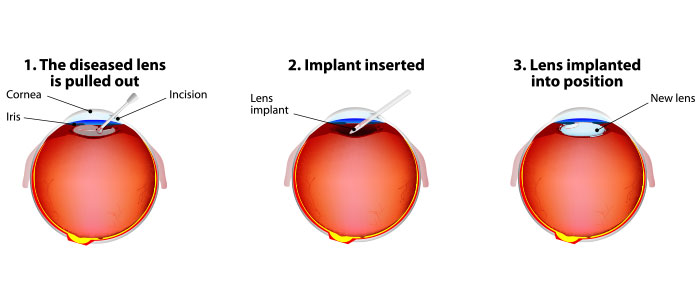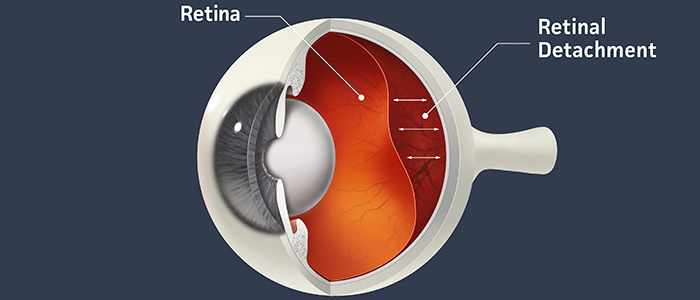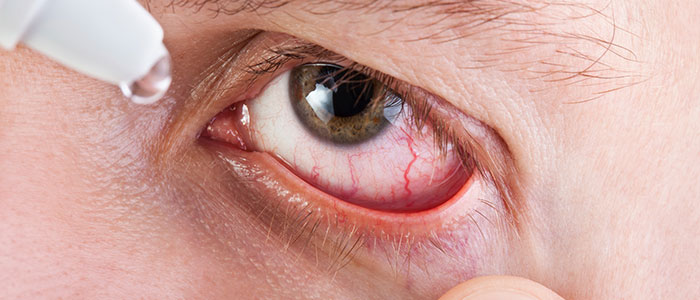Why everyone who has had LASIK surgery should get their records NOW

No this is not a late-night personal injury lawyer infomercial.
This is a recommendation that you have your records available, for your own good, later in life.
There are 2 million cataract surgeries done yearly in the U.S. and the odds are, if you live long enough, you will eventually need cataract surgery too.
What does this have to do with LASIK surgery?
When doctors perform cataract surgery we remove the cataract, which is the lens of your eye that has become cloudy. And we replace that lens with an artificial lens called an Intraocular Lens implant (IOL).
The IOL needs to have a strength to it to match your eye so that things are in focus without the need for strong prescription eyeglasses.
Currently, we determine what the strength the IOL needs to be by using formulas that mostly depend on the measurements of the curvature of the cornea and the length of the eye.
Those formulas work best when the cornea is its natural shape – i.e., not previously altered in shape after LASIK.









 Each year, tens of thousands of people are treated for eye injuries related to the hazards of their jobs, doing chores in the yard or playing sports. Most of these injuries could have been prevented by the right kind of eye protection – including wearing safety glasses, goggles or safety shields.
Each year, tens of thousands of people are treated for eye injuries related to the hazards of their jobs, doing chores in the yard or playing sports. Most of these injuries could have been prevented by the right kind of eye protection – including wearing safety glasses, goggles or safety shields.
